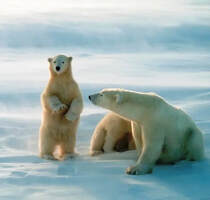
Polar bears are BIG. Urusus Maritimus, as it is called in scientific palaver, is a hypercarnivorous bear whose natural habitat is primarily within the Artic Circle, encompassing the Arctic Ocean, its surrounding seas and surrounding land masses.
◄ Image Source: animalfactguide.com/polar-bear/
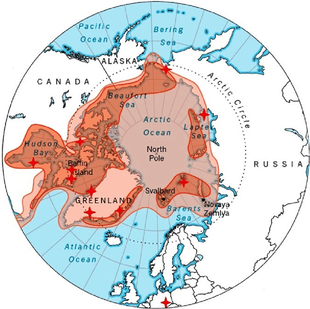
The average boar (adult male) weighs around 770 to 1,540 lb and reaches 7’10” to 9’10” in total length. Their are about 2’8” to 5’ in length. Adult females (sows) are about half that size but still big enough to do some major damage, particularly if you threaten her babies. They are very good mothers.
Image Source: researchgate.net/World-distribution-polar-bear ►
Source of Images: zooologist.com/how-tall-is-a-polar-bear/ ▲ ▲
The Ursus maritimus, or Marine Bear, evolved to survive nicely in a narrow ecological niche, which today means big bears, the need for lots of food and, now, shrinking habitat, making it an endangered species in this era of climate change. There are an estimated 21,000 to 33,000 polar bears left in the wild.
Polar bears are born on land, but spend much of their life on sea ice. Their big bodies have adapted to cold temperatures and moving across snow, ice, and open water, and for hunting seals, their main source of food. Seals live at the edge of sea ice. When there is little sea ice, and no seals; the polar bears can live off body fat (for a while). Because of their dependence on the sea ice and seals, polar bears are classified as marine mammals.
Researchers believe the bear family, Ursidae, split off from the run-of-the-mill carnivore about 38 million years ago. A sister to the brown bear, recent research establishes the divergence of polar and brown bears at about 400,000 years ago. However, there is evidence that the species have mated intermittently for all that time. The oldest known polar bear fossil is a 130,000 to 110,000-year-old jaw bone found in 2004. More recent fossils demonstrate that the polar bears molars changed, between 10,000 and 20,000 years ago, significantly from those of the brown bear.
ADAPTATION TO HABITAT
The Polar Bear leads a solitary life. The animal’s preferred habitat is where annual sea ice covers the ocean over the continental shelf and the Arctic inter-island archipelagos. These areas, known as the "Arctic ring of life", have high biological productivity in comparison to the deep waters of the high Arctic. The bears sometimes range as far south as James Bay in Canada, but tend to stay along the periphery of the ice packs where the seals live.
Within that habitat, fresh water is limited. Thus, polar bears have evolved with the ability to produce water through the metabolism of fats found in seal blubber.
Their legs are stocky and the ears and tail are small. However, the feet are very large to distribute load when walking on snow or thin ice and to provide propulsion when swimming.
Svalbard Archipelago, Norway Image Source: animalia.bio/polar-bear ▲
Image Source: en.wikipedia.org/Polar_bear ▲
Blue? Sounds strange. It’s because they have black skin. Also they regulate their heat balance by panting like a dog. The tongue is so blue because it is well supplied with blood.
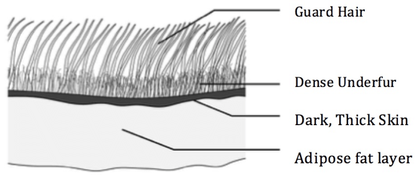
Actually, polar bears are not white, as they often appear. Thanks to evolution. the bear’s guard hair has some rather novel features. Firstly, each hair is hollow, like a straw. When the sun shines on a polar bear’s fur, light gets trapped in the hollow section of each individual hair. With nowhere else to go, the trapped light bounces around inside the hairs and the energy produced creates a reaction called luminescence. This even helps the black skin to absorb the heat.
So, polar bears aren’t actually white. Their color is determined by the lighting and climate of their surroundings; they can appear: yellow, gray, orange, and even green. Green occurs when the hairs get algae inside them.
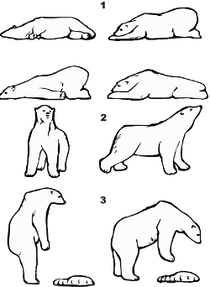
On the left are some characteristic postures you may recognize from photos:
1.At rest
2.Assessing a situation;
3.When feeding
◄ Image credit: Волков Владислав Петрович - сделано мной, CC0
Image Source: commons.wikimedia.org/w/13907826
Image Credit: AWeith /Own work, CC BY-SA 4.0
▼ Image Source: https://commons.wikimedia.org/51515270
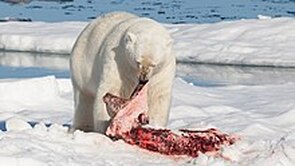
REPRODUCTION
Polar Bears are active year-round, although they have a vestigial hibernation induction trigger in their blood. Pregnant females do enter a dormant stage after mating in the spring. They spend the summer eating a lot and building a den in a snow drift. As winter approaches the female goes into her den and assumes the dormant state until she gives birth. Litters are usually two cubs who stay with their mother for two years to learn how to survive. Another source indicates that cubs nurse for 2 ½ years. Seems a little inconsistent, but whatever.
Image Source: en. wikipedia.org/wiki/Polar_bear#
Polar bears are not territorial, so mating season is the only time males fight with each other. Otherwise they can comingle peacefully, although this doesn’t happen often.
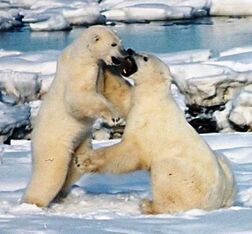
Between November and February, cubs are born blind, covered with a light down fur, and weighing less than two pounds. They remain in the den until around April, then the mother digs a way out. They remain in the area of the den for a week or two, then head off toward the coast for hunting, since Mom has been fasting for months.
Cubs stay with the mother for two and a half years. Then she chases them away or simply leaves, and they are on their own.
LIFE CYCLE
Females breed at between four and five years. Males are six years old before they are able to breed. Reproductive success and the maternal weight of females peaked in their teens. In the wild, these animals live on average twenty-five years.
Not a lot is known about “old age” of Polar bears. They appear affected by infectious diseases and parasites than most terrestrial mammals, and they have no predators, except an occasional whale while swimming. They generally avoid going in the water of a pod of whales is detected.
The major belief is that if they are not killed by hunters, the most likely lose the ability to find food and die of starvation and old age. But over hunting has been a problem for years, and finally the countries in the range area took measures in the mid-to-late 20th century to control hunting.
According to the World Wildlife Fund, the polar bear is important as an indicator of Arctic ecosystem health. Polar bears are studied to gain understanding of what is happening throughout the Arctic, because at-risk polar bears are often a sign of something wrong with the Arctic marine ecosystem.
JUST SAYIN!
FACT SHEET
KINGDOM - Animalia
PHYLUM - Chordata
SUBPHYLUM - Vertebrata
CLASS - Mammalia
ORDER - Carnivora
SUBORDER - Caniformia
FAMILY - Ursidae
GENUS - Ursus
SPECIES - Ursus maritimus
Scientific Name - Ursus maritimus (Sea Bears)
Name – male = boar, female = sow; baby = cub
Population – 21,000 to 33,000 worldwide
Life span - 25-30 yrs
Top speed - 40 km/h
On land, gait is lumbering. Average speed 3 ½ mph. Sprinting can reach 25 mph.
In water, they are buoyant and swim in dog-paddle fashion using forepaws. Swim at about 6 mph but can reach 40 mph. They can swim for days.
Weight – male – 770 to 1,540 pounds; female 400 to 800 pounds
Height – 7’10” to 9’10”
length – 6 to 9 feet
Teeth – 42 razor sharp teeth: with jagged back teeth and canines larger than grizzly teeth, they pack quite the bite
Paws - 30 cm wide paws: the size of a dinner plate! a natural snowshoe that helps the bear trek across treacherous ice and deep snow,
Eyelids - 3 eyelids: the third helps protect the bear's eyes from the elements.
Eye Sight – as acute as that of a human, bettert at long distance.
Hearing – as acute as that of a human.
Sense of Smell – Extremely well-developed sense of smell allows them to detect seals a mile away and buried under 3 feet of snow.
Insulation - 4 inches of fat: Under the bear's skin to keep it warm
Skin – Black; absorbs the heat
Fur – A layer of dense underfur and an outer layer of guard hairs which appear white to tan or yellowish but are actually clear and hallow.
Tongue - Blue
No. Offspring – 2 cubs; become independent at between 2 and 3 years.
Environmental Status – Vulnerable
Habitats - Arctic Ocean, sea ice, and adjacent coastal areas
Continents - North America, Europe, Asia
Countries - Canada, Norway, Russia, United States
Regions - Yukon, Greenland, Yakutiya, Alaska, Newfoundland, Labrador, Manitoba, Newfoundland, Northwest Territories, Nunavut, Ontario, Québec
Oceans - Arctic Ocean
Group Name - sloth, sleuth
Lifestyle - Terrestrial, Altricial, Natatorial, Nomadic, Apex predator, Burrowing, Aquatic
Diet and Nutrition - Carnivore, Scavenger
Most of what polar bears eat is the blubber and skids of ringed seals. they often leave the rest of the carcass, which becomes an important food source for other animals. they also eat birds, fish, berries, reindeer and sometimes walrus. carcasses of walruses, seals and even whales can provide a regular source of food for polar bears. they sometimes break into underground seal dens to hunt the pups inside them.
Mating Behavior – Polygynous
Mating Season – April and May
□
SOURCES:
https://en.wikipedia.org/wiki/Polar_bear
https://www.nps.gov/subjects/bears/polar-bears.htm
https://www.worldwildlife.org/species/polar-bear
https://www.lonelyplanet.com/canada/manitoba/churchill
https://www.nationalgeographic.com/animals/mammals/facts/polar-bear
https://en.wikipedia.org/wiki/Churchill,_manitoba
https://animalfactguide.com/animal-facts/polar-bear/
https://animalia.bio/polar-bear
http://zooologist.com/how-tall-is-a-polar-bear/
https://www.researchgate.net/figure/Polar-bears-fur-24_fig4_317219975
https://www.businessinsider.com/what-color-is-polar-bear-fur-2017-12
https://www.nathab.com/polar-bear-tours/tundra-lodge-adventure/?sclkid=3a91703132ce194b83ba11ee326a0ce6&utm_source=bing&utm_medium=cpc&utm_campaign=Search%20-%20Polar%20Bears&utm_term=polar%20bears%20canada%20churchill&utm_content=Churchill&utm_content=po
https://travel.quarkexpeditions.com/arctic/svalbard/?creative=&keyword=svalbard%20polar%20bear&matchtype=p&network=o&device=c&utm_medium=ppc&utm_source=bing&utm_campaign=ak-spitsbergen-priority&utm_term=svalbard%20polar%20bear&utm_content=search&msclkid=fa
https://support.worldwildlife.org/site/Donation2?df_id=14264&14264.donation=form1&s_src=AWE1800OQ18710A01688RX&msclkid=72137b9c1e721909d5191a431d6b60dd&utm_source=bing&utm_medium=cpc&utm_campaign=Wildlife%20Save%20-%20Species&utm_term=how%20to%20save%20pol
https://www.nathab.com/polar-bear-tours/classic-polar-bear-expedition/?utm_content=churchill%20canada&utm_source=Bing_Yahoo&utm_medium=cpc&msclkid=9f06fbaa79ee1ca6007b9a757a22bee6&utm_campaign=Search%20-%20Polar%20Bears%20-%20Churchill&utm_term=churchill%2
https://idairco.com/are-polar-bears-turning-green/#:~:text=Polar%20bears%20have%2C%20although%20we%20cannot%20see%20it,blue%20because%20it%20is%20well%20supplied%20with%20blood.
https://www.researchgate.net/figure/World-distribution-of-the-polar-bear-Ursus-maritimus-In-this-overlay-of-the-Arctic_fig1_31579076
□
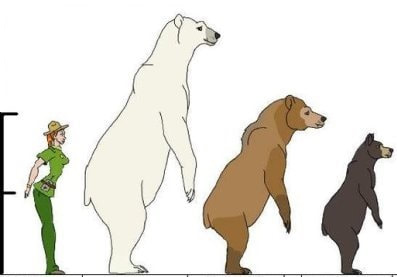
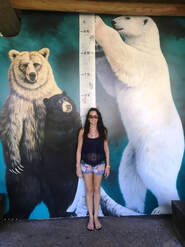
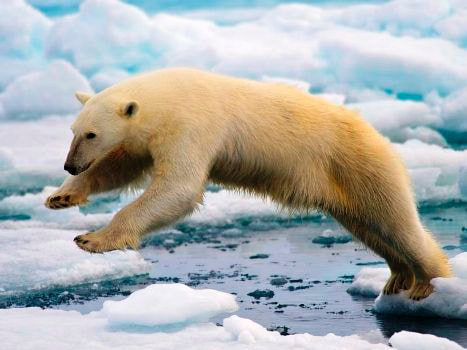
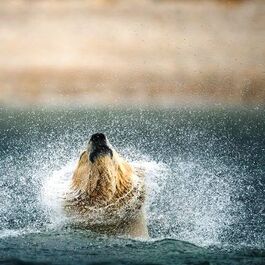
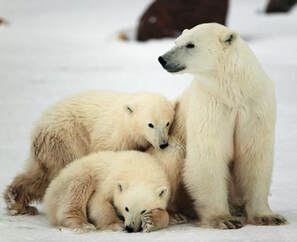
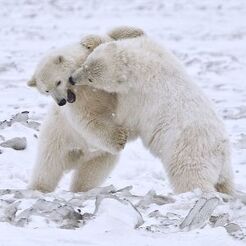
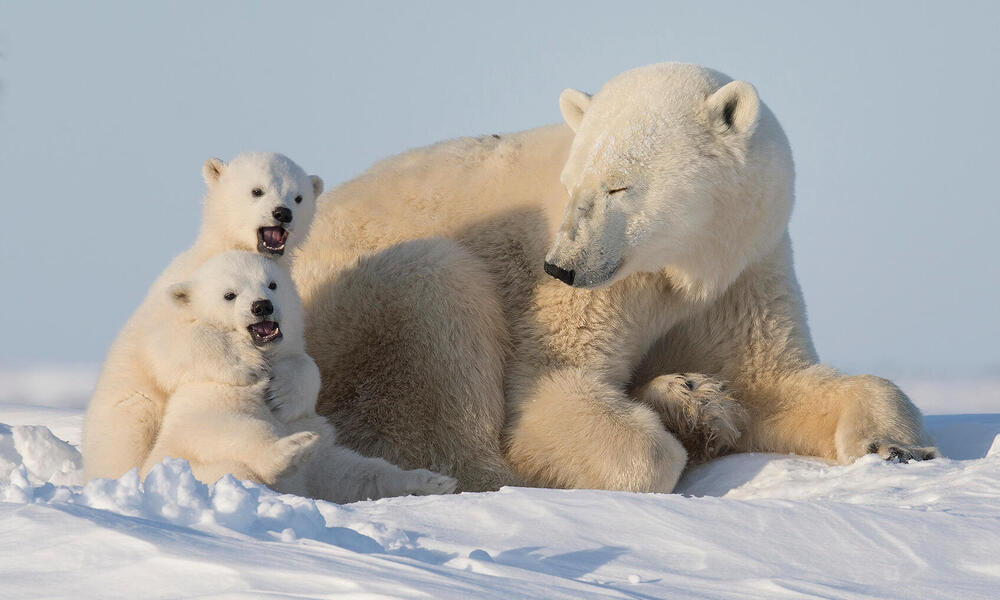
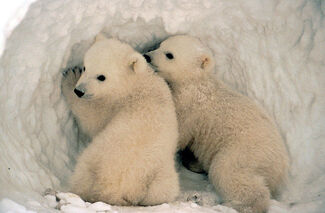

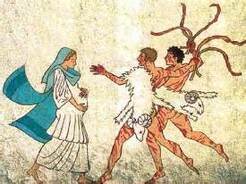


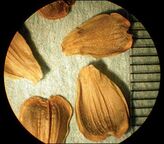
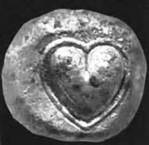


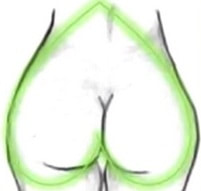







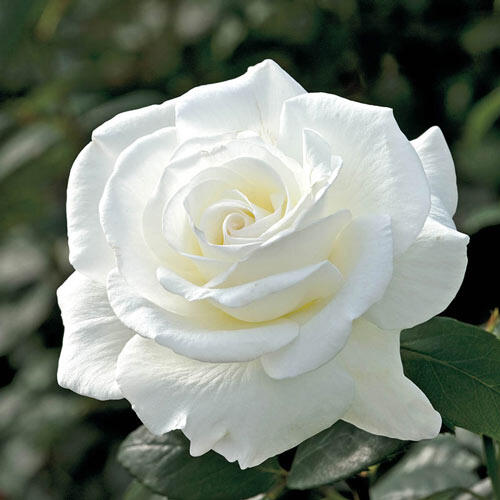
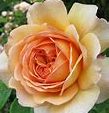


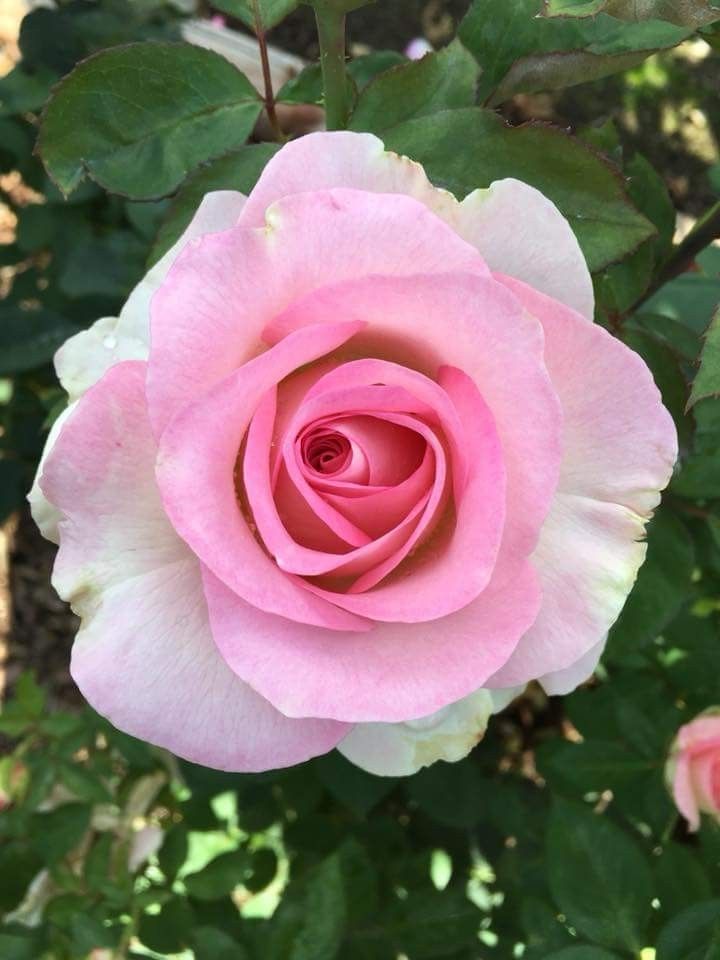

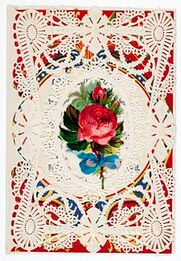
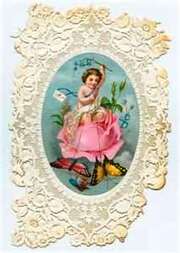
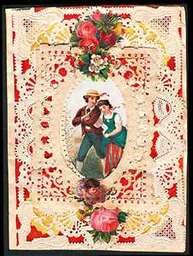
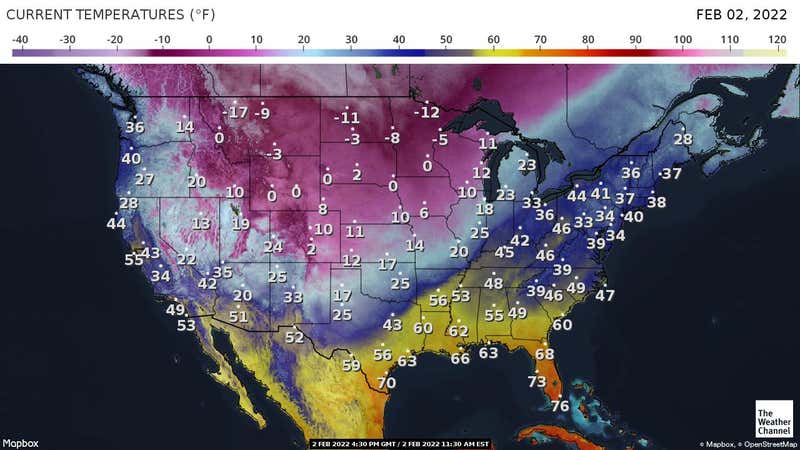
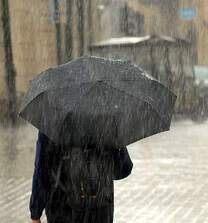



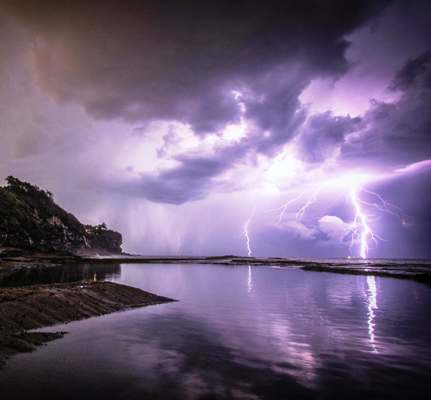
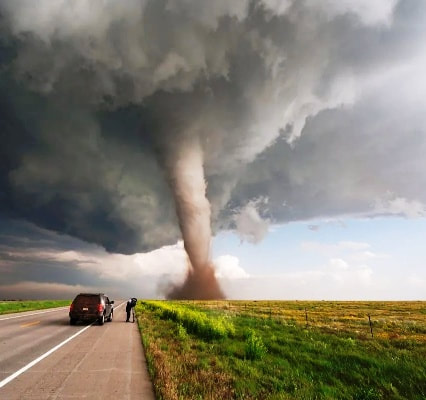
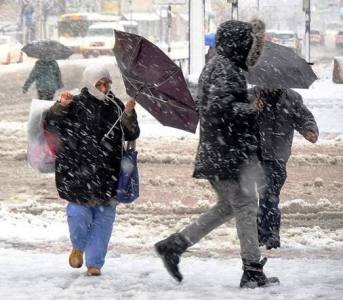
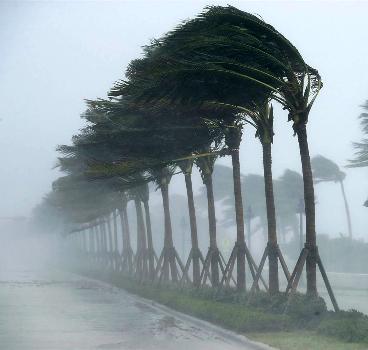
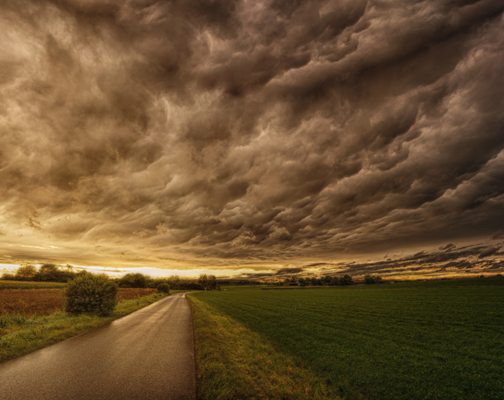


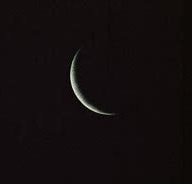


 RSS Feed
RSS Feed